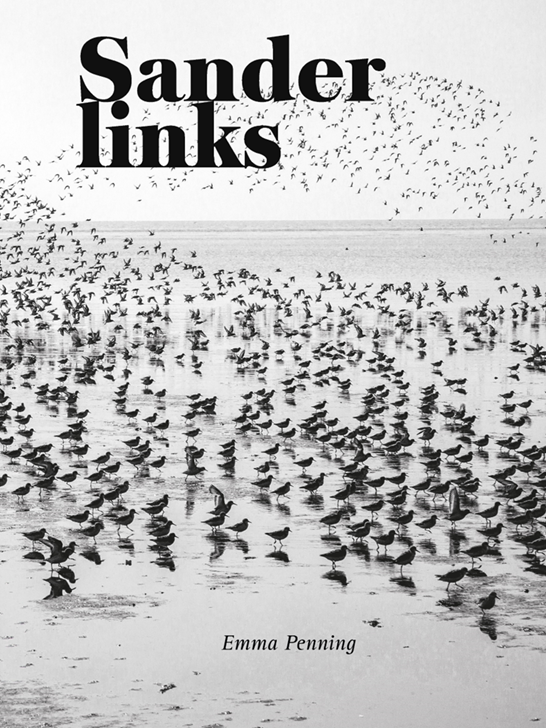28 November 2023 (14:30h CET)
Academy Building, University of Groningen
Broerstraat 5, Groningen
The international importance of Griend for sanderlings Calidris alba was recognized in 2011, when in a group of resting sanderlings, several color-ringed individuals were observed originating from different countries along the East Atlantic flyway. Sanderlings breed in the High Arctic and during their southward migration, many of them stage in the Wadden Sea before continuing to their wintering grounds. In winter, sanderlings are found on sandy beaches and freshwater estuaries from northwest Europe all the way down to South Africa. But what is it that attracts sanderlings to come to the Wadden Sea and Griend in particular? That is where this research started.
Food is often the best predictor of the distributions of animals even when it comes to sanderlings on Griend. Information on diet and habitat use are essential to start understanding changes in abundance and distribution of animals in particular places. In this thesis, sanderling diet, prey and foraging behaviour were studied in order to understand the importance of Griend for sanderlings.
We learned that the diet of sanderlings in this part of the Wadden Sea mainly consists of shrimp Crangon crangon and crab Carcinus maenas. While sanderlings provided the context of the thesis, much was learned about the whereabouts of shrimp and crab too. In turn, that helped to explain the foraging behaviour of sanderlings.
On 28 November the defense can be followed live, here.
